Greenland - August 22, 2013
Today we reached Greenland. If you have been following me, you may have noticed I skipped a day. On day 11 of our trip we were at sea all day crossing Baffin Bay. My fellow educators and I took the opportunity to learn about operations on the ship. That will be a future journal.
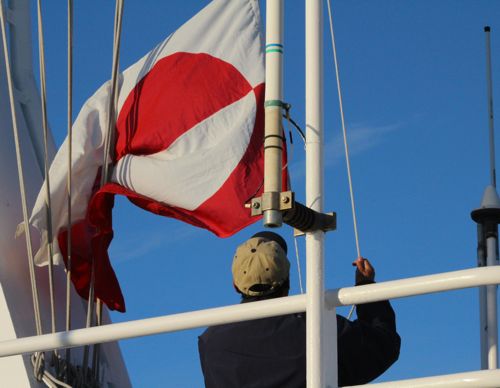
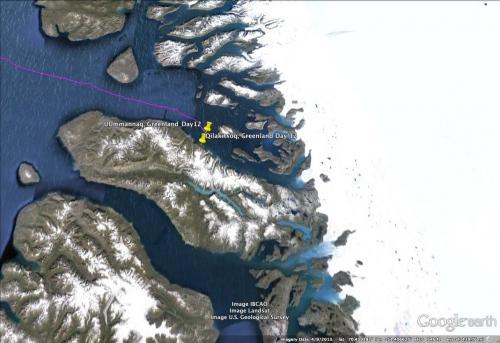
We woke early this morning as the sun was rising, between 4-5 AM. It seemed especially early since over the last two days of traveling we lost two hours. Once our clocks were set on Greenlandic time, we were now 5 hours later than my time in Tucson, AZ. It was well worth getting up early, because the light made for some fabulous photo opportunities. The full moon was shining brightly over the mountains as the sun was rising.
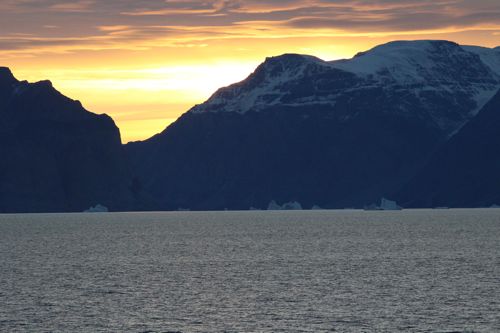
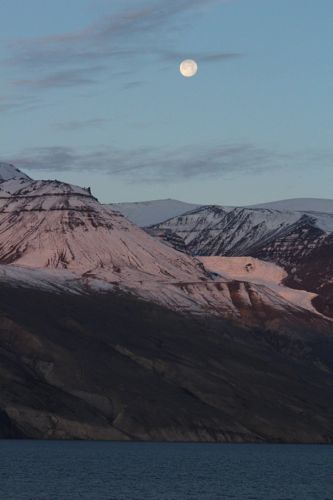
By breakfast time, the town of Uummannaq was visible in front of us. As we entered the fjord, the naturalists pointed out the geology in front of us. On the port side (left) of the boat, the rocks were a few million years old, and on the starboard side (right) the rocks were nearly 3 billion years old. I’m used to the Grand Canyon in Arizona. If you want to see rocks that differ by that much in age, you need to plan on a day’s hike. Granted, we had an enormous unconformity (area where rocks between those ages were missing), but it was still pretty cool.

Henning Thing, one of the naturalists on the ship from Denmark, has spent a lot of time doing polar research in Greenland. One of the fun tidbits he shared with me is that Santa lives on the other side of Uummannaq. Even though I know Santa, we were unable to convince the captain to take us there.
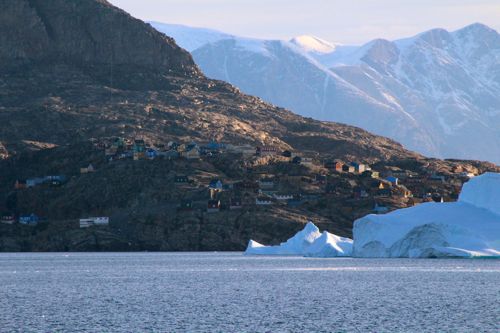
Our morning excursion brought us to Qilakitsoq, across the fjord from Uummannaq. Among the moss-covered rocks, we found ancient burial sites of the Thule people. In 1972, hunters found eight mummies in this area that have been dated back to 1475 AD. These well-preserved mummies are now on display in Greenland’s National Museum in their capitol city, Nuuk. We found skeletons in the remaining burial sites on the island.

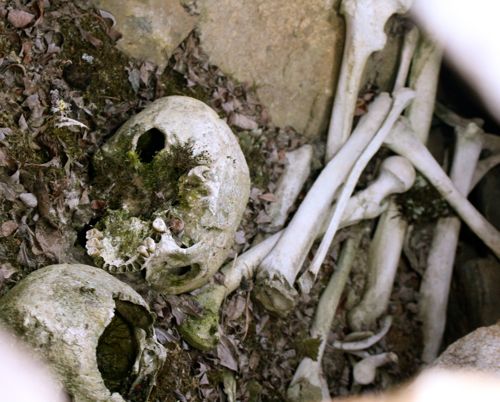
While we explored the Thule remains, humpback whales were seen surfacing for air in the water nearby. They were not the only whales we saw that day. A few hours later as we headed south down the coast of Greenland, fin whales were spotted in the water.
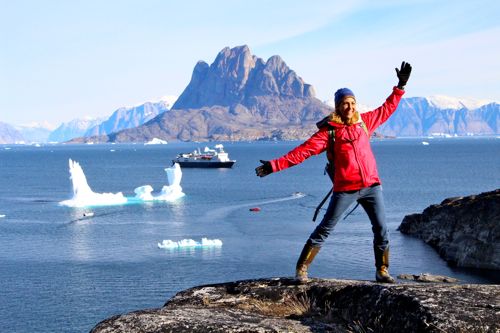
Fin Whales
Fin whales are the second largest mammal on earth. The largest is the blue whale. Fin whales are much more streamlined than a blue whale, which has given them the moniker of "greyhound of the sea." They are extremely fast and can swim up to 20 knots. If they wanted to outswim us, that would not have been a problem since the top speed of our ship is 16.5 knots.

These whales are baleen whales that feed on krill and fish. They have asymmetrical pigmentation where the lower right jaw is bright white and the lower left jaw is black. The columnar blow from the whale can go 20-25 feet in the air at speeds up to 200 miles/hour. They range in size up to 78 feet long in the northern hemisphere, and 88 feet in the southern hemisphere. Females are slightly larger than males. The weight for both sexes is between 50-70 tons. Luckily for us, the whales stayed nearby giving us many photo opportunities. I was amazed that my camera could take four shots of the whale as it surfaced since it was so large. I was luck to get one shot taken with the same movement in the bowhead and killer whales we saw.
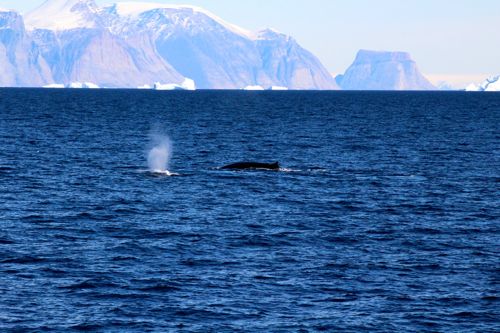
Close to 750,000 fin whales were killed in the southern hemisphere between 1904-79. Half of that number was taken just in one decade during the 1950s. The International Union for Conservation of Nature (IUCN) lists fin whales as endangered with populations estimated around 40,000 in the northern hemisphere and 15-20,000 in the southern hemisphere. Despite that status, Iceland resumed hunting the whales with a quota of 150 over 5 years since 2009.
The day ended just as beautifully as it began.
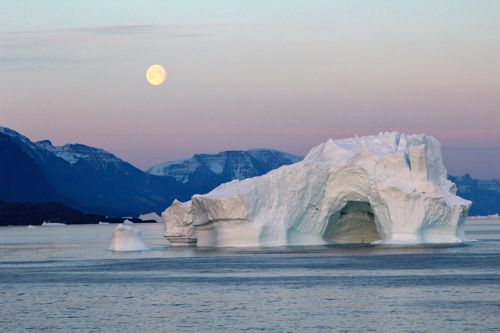


Comments